When you need a wood chipper rental for your yard, safety should always be your top priority. Wood chippers can be dangerous if you don’t follow proper safety guidelines. Each year, many people get injured because they don’t use these machines safely. In fact, over 1,200 people end up in the hospital annually due to wood chipper injuries, with fingers and hands being the most commonly hurt. The chart below highlights when most injuries occur, showing that feeding wood or clearing jams are the riskiest times.
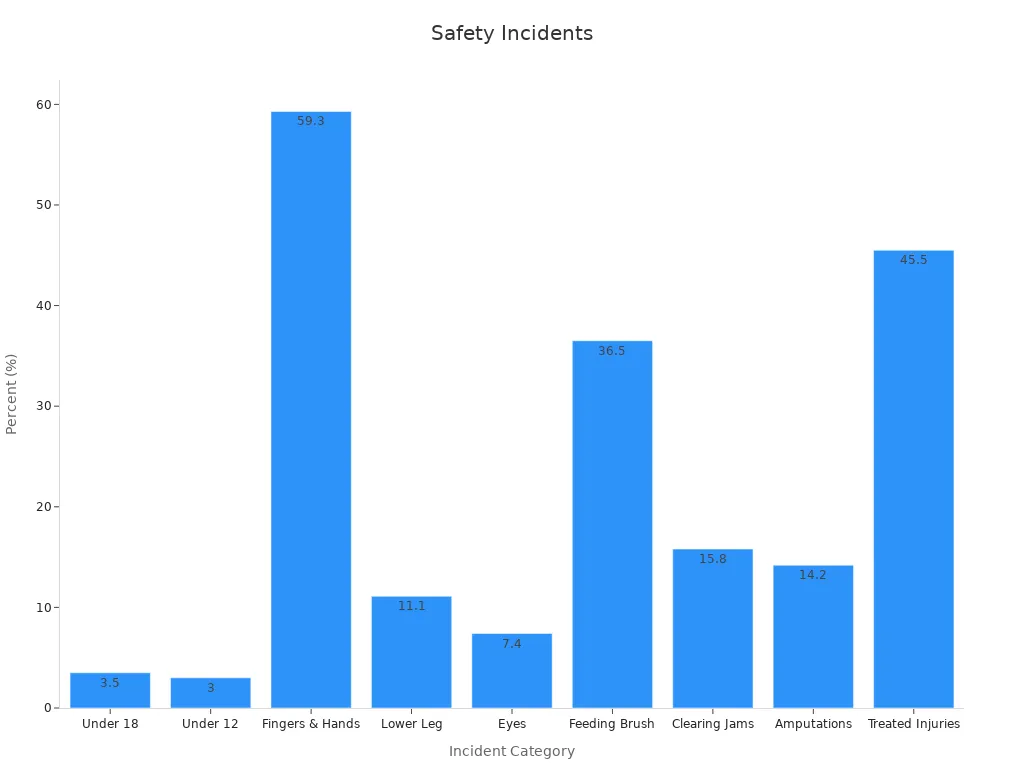
You can stay safe by being cautious and following safety rules, whether you rent a Leaf Vacuum & Wood Chipper - 7HP Engine, a GreatCircleUSA 3-in-1 Wood Chipper, or a Landworks Compact Wood Chipper. According to Wood Chipper Pro, it’s essential to set up the wood chipper carefully before use to protect yourself and others. Always prioritize safety when using any wood chipper rental.
Key Takeaways
Always check the wood chipper before you rent it. Make sure it is safe and has all its parts.
Wear the right safety gear like eye and ear protection. Also wear gloves and steel-toed boots every time you use the chipper.
Get the work area ready by picking up any debris. Put the chipper on flat ground and use wheel chocks if you need them.
Feed branches into the chipper slowly and carefully. Stand to the side of the chute. Use tools to push in the branches. Never put your hands inside when the chipper is on.
Do not work alone. Always have someone nearby to watch for safety. Know how to turn off the machine fast if there is an emergency.
Wood Chipper Rental Safety Tips
Inspect Before Renting
Before you take home a wood chipper rental, always inspect the equipment carefully. Look for any signs of damage, such as cracks, loose bolts, or worn-out parts. Make sure all guards and shields are in place. Check that emergency stop devices work as they should. If you see anything that looks unsafe, ask the rental staff for help. You should never use a chipper that seems broken or missing parts. This step helps prevent accidents and keeps you safe.
Tip: Always inspect the equipment in good lighting. Use your phone’s flashlight if needed.
Read the Manual
You should read the manual before you start using any woodchipper. The manual gives you important information about how to use the chipper safely. It explains the right way to start, operate, and stop the machine. When you understand the instructions, you lower the risk of injury and avoid damaging the chipper. Rental companies like Atha Rental always provide manuals for their tools. Reading the manual helps you:
Learn proper operation and safety tips.
Prevent misuse that can cause injury or damage.
Operate the chipper safely and keep it in good shape.
Take a few minutes to read the manual before you begin. This small step can make a big difference in your safety.
Ask About Safety Features
When you pick up your wood chipper rental, ask the staff about all the safety features. Find out how to use emergency stop devices and other built-in protections. Make sure you know how to turn off the chipper quickly if something goes wrong. Ask about any special instructions for your model. Rental staff can show you how to use the woodchipper safely and answer your questions. This helps you feel confident and ready to use the chipper.
Note: Never skip this step, even if you have used a woodchipper before. Each chipper can have different controls and safety features.
Pre-Use Checks
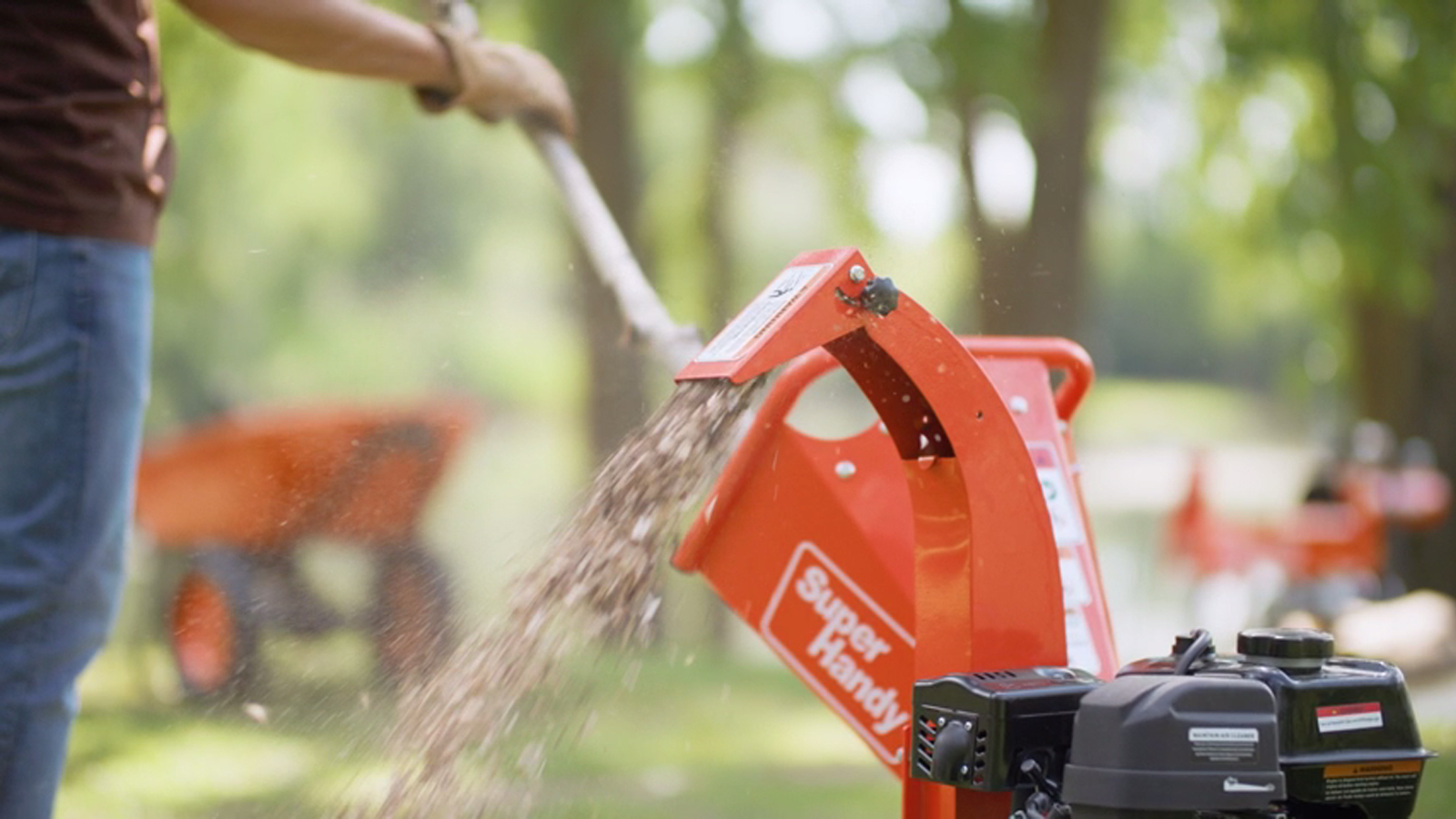
Work Area Setup
Before you start your woodchipper, you need to prepare your workspace. Always work in a clear area. Remove any debris, tools, or branches that could cause trip hazards. Walk around and check for foreign objects like rocks, metal, or glass. These items can damage the chipper or become dangerous projectiles. Make sure you spot every hazard before you begin. If you see anything that could cause a problem, pick it up and move it away. A clean work area helps you avoid accidents and keeps you focused on the job.
Tip: Take a few minutes to scan the ground before you set up your woodchipper. This small step can prevent big problems.
Equipment Stability
Set your chipper on a flat, solid surface. Uneven ground can make the machine tip or move while running. If the chipper shifts, you could lose control or face new hazards. Check that all four corners of the chipper touch the ground. If you notice any wobbling, adjust the position until it feels steady. Never use a woodchipper on a slope or soft ground. Stable equipment keeps you safe and helps the machine work better.
Wheel Chocking
If your chipper has wheels, you must secure it before use. Place wheel chocks behind the tires to stop any movement. Even a small shift can create hazards while you feed branches into the machine. Chocking the wheels is a simple step, but it makes a big difference. Always double-check that the chipper cannot roll or slide. This keeps you and others safe from unexpected accidents.
Remember: Safety starts before you turn on the woodchipper. Careful setup helps you avoid hazards and finish your project without injury.
PPE and Clothing Safety
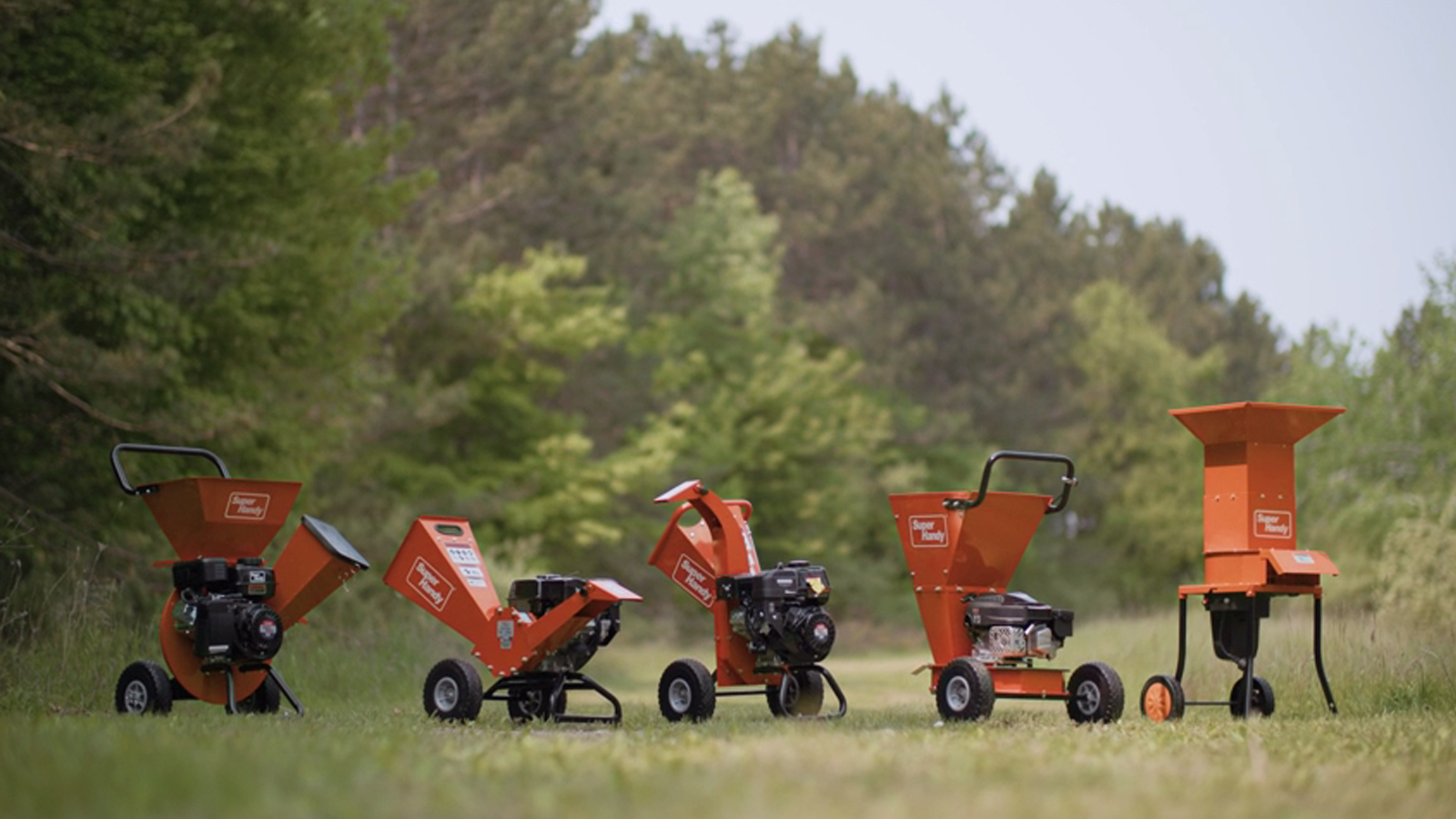
Eye and Ear Protection
You need to protect your eyes and ears every time you use a wood chipper. Flying wood chips and loud noise can cause serious injuries. Always wear protective gear like safety goggles or a face shield. These keep dust and debris out of your eyes. For your ears, use earplugs or earmuffs. Wood chippers make noise that can damage your hearing quickly. You should never skip this step, even if you plan to use the machine for only a short time.
Tip: Keep your eye and ear protection clean and check for cracks or damage before each use.
Gloves and Footwear
Your hands and feet face the most risk when you operate heavy equipment. You should always use personal protective equipment that fits well and matches the job. Choose gloves that protect against cuts and scrapes. Make sure they are not too loose or too tight. Inspect your gloves before each use to check for holes or worn spots.
For your feet, wear boots with steel toes. These boots protect you from falling branches and heavy parts. Good boots also give you grip and ankle support, which helps prevent slips and falls. Make sure your boots fit well and have no damage.
Wear gloves that match the hazards, such as cut-resistant or thermal-resistant types.
Inspect gloves and boots often for damage.
Choose boots that offer slip resistance and ankle support.
Replace any personal protective equipment that is worn out or broken.
Clothing Guidelines
Loose clothing can get caught in moving parts. You should wear fitted clothes that cover your arms and legs. Avoid jewelry, scarves, or anything that hangs. Tie back long hair before you start working. Safety studies show that well-fitted, task-appropriate clothing lowers your risk of injury. Clean and maintain your clothing and gear after each use. This keeps your protection strong and ready for the next job.
Remember: The right clothing and personal protective equipment help you stay safe and focused while using a wood chipper.
Operation Safety
Feeding Materials
You must be careful when using a woodchipper. Most accidents happen while feeding it. Always wear the right personal protective equipment. This means close-fitting clothes, a hard hat, and ANSI-approved eye and ear protection. Wear sturdy pants, leather boots with non-slip soles, and gloves without cuffs. Do not wear loose clothes or jewelry. These can get caught in the machine.
Get your materials ready before you start. Stack brush and branches so you have a clear path. This helps you not trip and keeps you focused. Check that there is no metal, rocks, or other things in the material. These can break the woodchipper or fly out and hurt someone.
Follow these steps to stay safe:
Put on all needed PPE and check for loose clothing.
Stack brush so you have a clear path to feed.
Have a safety watch person near the emergency shut-off.
Stand to the side of the infeed chute, not in front.
Keep your hands and feet away from the chute when running.
Use a wooden tool or long branch to push in material, not your hands.
Feed branches butt-end first and put short ones on top.
Make sure the chipper’s disc hood is closed and latched.
Watch the discharge area so chips do not hit anyone.
Never mess with safety devices or controls.
Tip: Always have another person nearby as a safety watch. This person can help if there is an emergency and lower the chance of injury.
Feeding materials is the most dangerous part of using a woodchipper. In the United States, 64% of woodchipper accidents happen during feeding. Of those, 36% are deadly. Many people hurt have less than a year of experience. These numbers show why you must follow every safety rule.
Statistic Description |
Value/Percentage |
|---|---|
Fatal accidents involving wood-chippers (1992-2002, US) |
31 fatal accidents |
Non-fatal accidents involving wood-chippers (1992-2002, US) |
2042 non-fatal accidents |
Fatality rate in feeding-related accidents |
36% fatal |
Fatality rate in non-feeding-related accidents |
16% fatal |
Accidents related to feeding operations |
64% of incidents |
Victims with less than 11 months experience |
More than one-third |
A real accident happened when a worker fed a chipper alone. No one else was there to help. The worker got badly hurt. This shows why you need at least one other person nearby.
Positioning and Stance
Where you stand matters when using a woodchipper. Stand to the side of the infeed chute, not in front. This keeps you safer if a branch gets pulled in fast or debris flies out. Standing to the side also lets you reach the emergency stop quickly.
Keep your feet flat and spread your weight evenly. Do not lean over the chute. If you need to push in material, use a long branch or wooden tool. Never reach into the chute. Once the chipper grabs the material, step back and let it work.
Alert: Never stand in the discharge area. Wood chips can shoot out fast and hurt you.
Keep the area around the chipper clear of things you could trip on. Remove tools, extra branches, and debris before you start. This helps you move fast if there is an emergency.
Avoiding Entanglement
Getting caught in the machine is very dangerous. Many bad injuries happen when clothes, gloves, or ropes get pulled in. The chart below shows recent accidents from getting caught, including deadly and non-deadly injuries.

Test all safety devices before you start. Make sure feed control bars, panic bars, and emergency pull ropes work. Wear close-fitting clothes and gloves without cuffs. Tuck in your shirt and tie back long hair. Keep hands and feet away from the infeed hopper at all times.
Never work alone. At least two people should be there when using the chipper. One person runs the machine, and the other is the safety watch. If something gets stuck, do not reach in. Turn off the chipper and take out the ignition key before clearing jams.
Here are more ways to avoid getting caught:
Use feed tray extensions and wooden push bars to keep away from moving parts.
Feed brush and limbs butt-end first.
Step back after the chipper grabs the material.
Put small debris straight into containers, not the chipper.
Keep the area around the woodchipper free of ropes, cords, and other things that could get caught.
Reports show that getting caught can cause deadly injuries, lost limbs, and bad trauma. In one case, a worker lost a leg while feeding trimmings. In another, a worker was pulled in by a rope that got tangled. These stories remind you to stay alert and follow every safety rule.
Remember: Safe use depends on what you do. Always respect the power of the woodchipper and never take shortcuts.
Important Safety Tips for Emergencies
Handling Jams
Jams can happen when you use a woodchipper. Stay calm and follow safety tips to avoid getting hurt. Never put your hand inside while it is running. Always turn off the power before you try to fix a jam. Wait until every part stops moving before you check the jam. Take out the key or unplug the spark plug if you can. Use a wooden stick or tool to clear the jam, not your hands. If you cannot fix the jam, ask someone with experience for help.
Alert: Do not ignore a jam. Treat every jam like an emergency. Acting fast can stop accidents.
Power-Down Steps
You need to know how to turn off the woodchipper in an emergency. First, use the main switch to turn off the engine. Wait until all blades and parts stop moving. Take out the key or unplug the machine. This keeps you safe from sudden starts. Always read the manual for your model and follow the steps. These safety tips help you avoid bad injuries.
Here is a simple checklist for power-down steps:
Turn off the engine.
Wait for all movement to stop.
Remove the key or unplug the machine.
Make sure the woodchipper cannot start.
Emergency Contacts
Get ready for emergencies before you start working. Keep a phone close with emergency numbers saved. Write down your worksite address. Share this with everyone helping you. If someone gets hurt, call 911 right away. Tell the operator it is a woodchipper emergency. Give clear details about the injury and where you are.
Emergency Contact |
Phone Number |
Notes |
|---|---|---|
Emergency Services |
911 |
For serious injuries |
Local Hospital |
[Your Local] |
Closest ER |
Rental Company |
[Rental #] |
For equipment help |
Tip: Go over emergency plans with your team before you start. Quick action can save lives.
Supervision and Training
Who Should Operate
Only people who are trained should use a wood chipper. Do not let kids or untrained people use it. An adult must always watch when the chipper is running. Supervision helps stop mistakes and keeps people safe. If you work with others, everyone should know their job. One person should feed the chipper. Another person should watch for problems and be ready to help if needed.
Tip: Pick a supervisor who can stop work if something is unsafe. This person should know the machine and the area well.
Training Needs
You need more than a quick lesson to use a wood chipper safely. Special training teaches you how the machine works and how to avoid problems. Studies show that most delays happen because of poor planning and not enough training. These delays make the job slower and more risky.
Studies of 36 machines showed two thirds of delays were from planning, not the machine.
Most wood chippers are only used about 74% of the time, so there is room to do better.
Delays happen for many reasons, like mistakes or bad planning.
Experts used time and motion studies to find these issues.
The results show you need training in using the machine and planning the job.
Training should teach you how to avoid delays, work as a team, and stay safe.
Look for training that gives you practice and teaches planning. Good training helps you work faster, make fewer mistakes, and keep everyone safe.
You can stay safe by following every step each time you use a wood chipper rental. Always remember the safety tips before starting. Check your work area, wear the right gear, and pay attention when using a woodchipper. Never rush or skip steps. Stay alert and keep others safe by using the woodchipper with care. Safe habits protect you and everyone around you.
FAQ
What size branches can you put in a wood chipper?
Most rental wood chippers handle branches up to 3 inches thick. Always check your chipper’s manual for the exact limit. Feeding larger branches can damage the machine or cause jams.
Do you need a license to rent a wood chipper?
You do not need a special license to rent a wood chipper. Rental companies may ask for a valid photo ID. You must be at least 18 years old in most places.
How do you transport a rented wood chipper safely?
Secure the chipper to your trailer using strong straps or chains. Double-check that the wheels are chocked. Drive slowly and avoid sharp turns. Always follow local traffic laws.
Can you use a wood chipper in the rain?
You should avoid using a wood chipper in wet weather. Rain makes the ground slippery and increases the risk of accidents. Wet branches can also clog the machine.
What should you do if the wood chipper will not start?
First, check the fuel level and the power switch. Make sure the safety features are set correctly. If it still will not start, call the rental company for help.


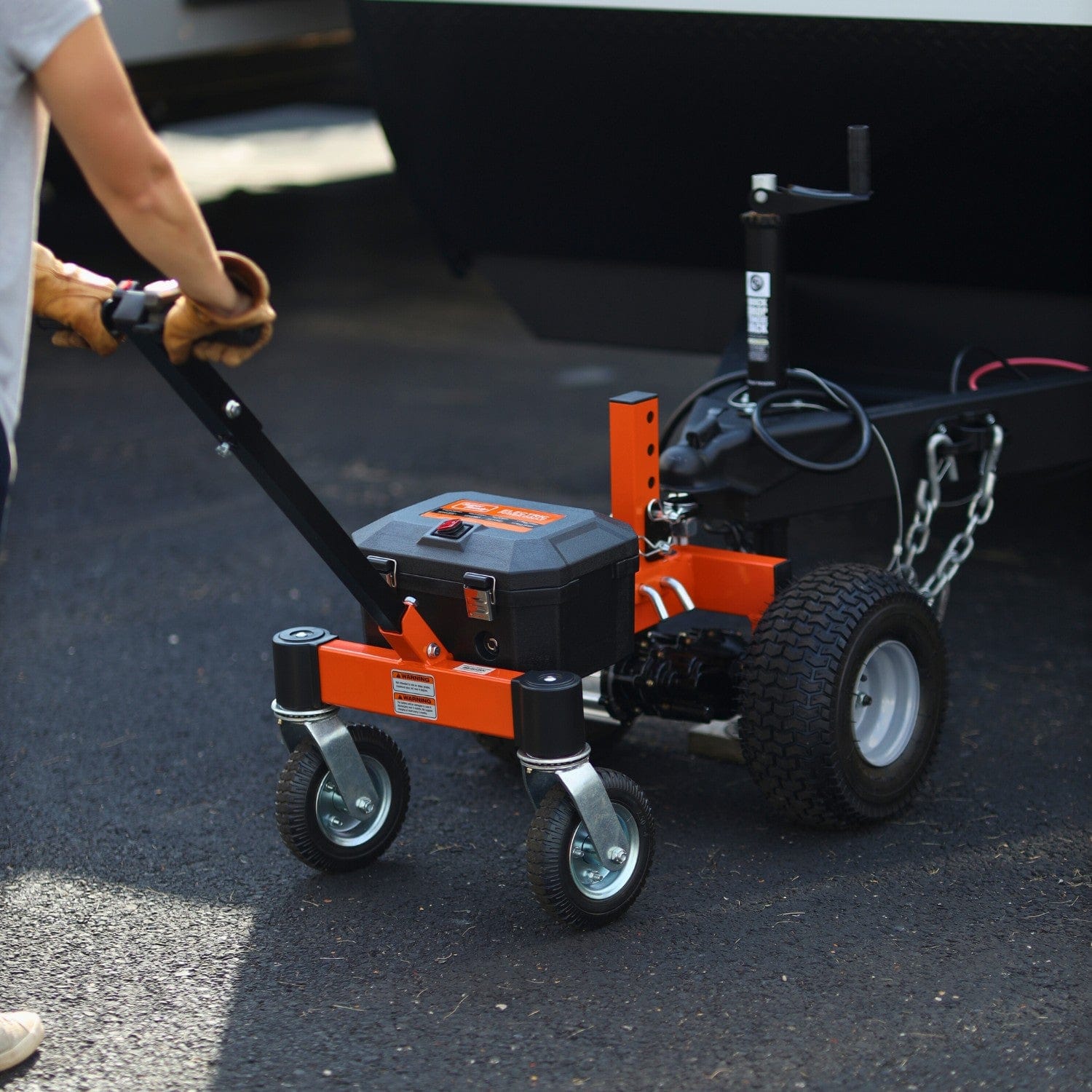
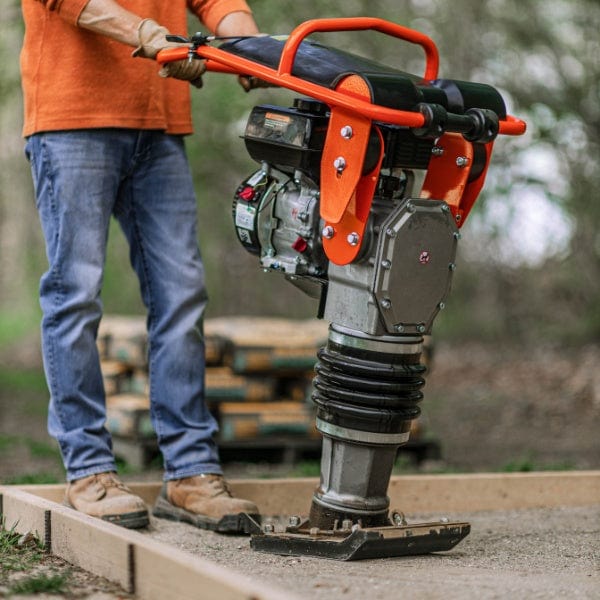
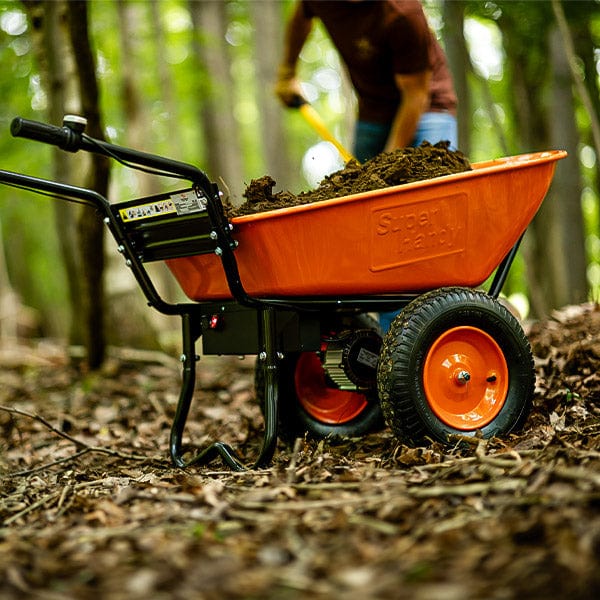
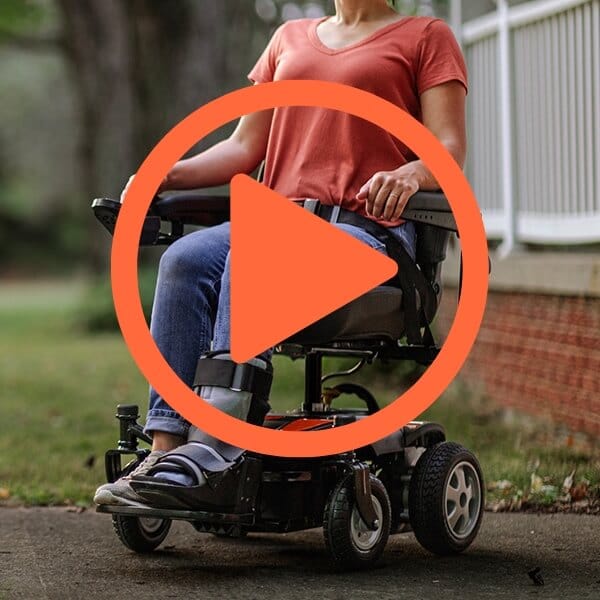
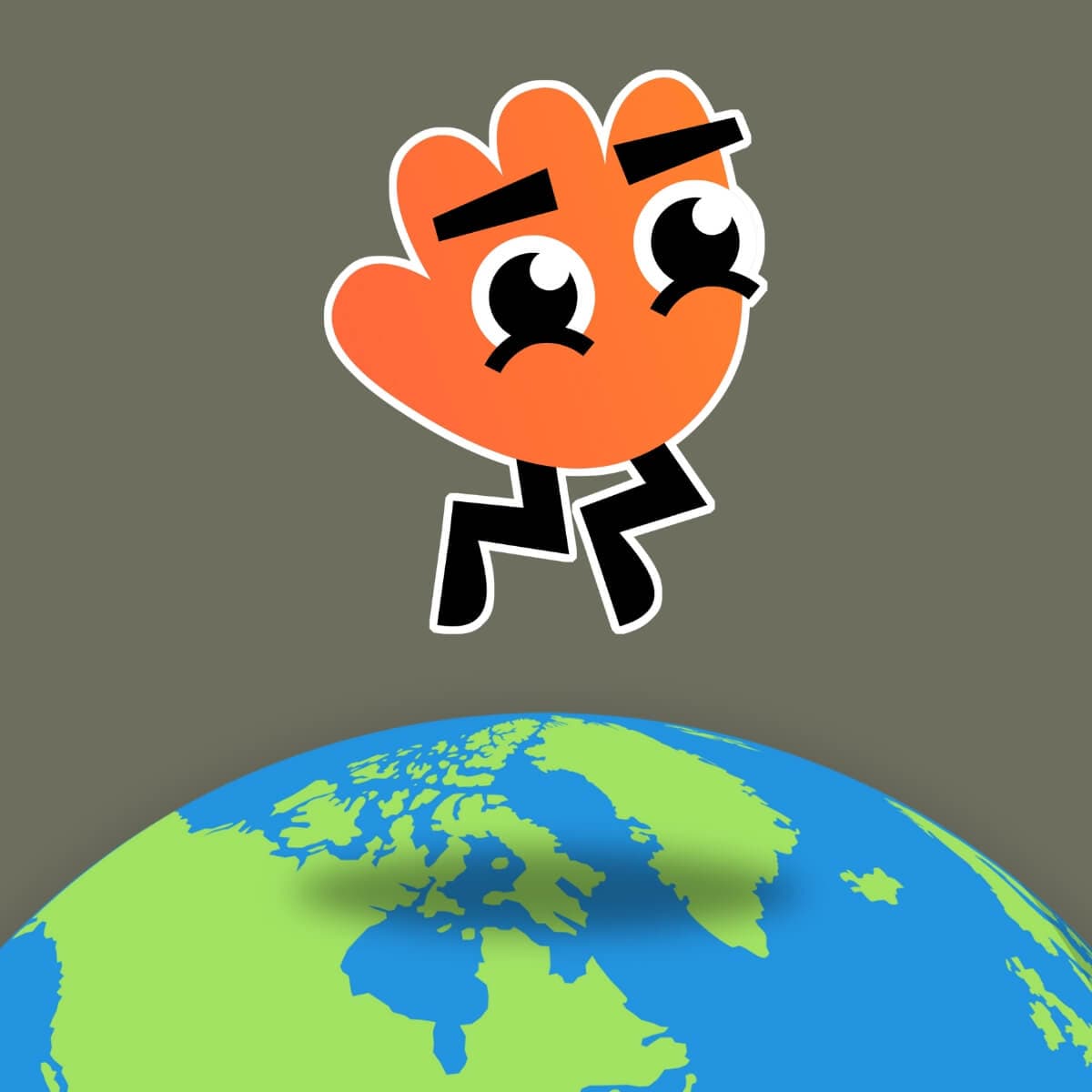
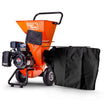
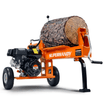

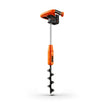
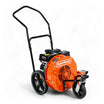
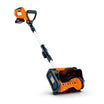
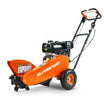
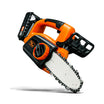

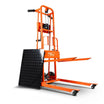
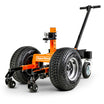
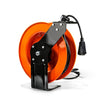
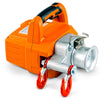


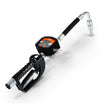
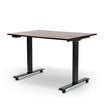
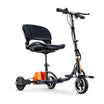
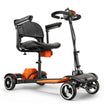
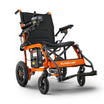


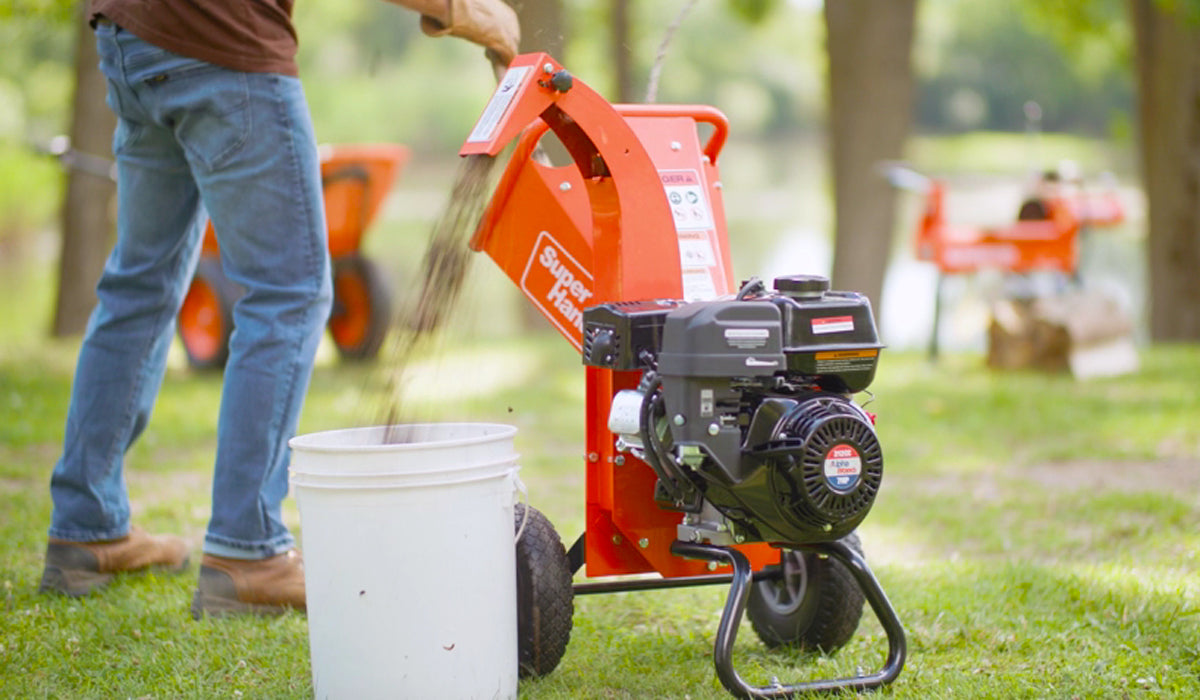
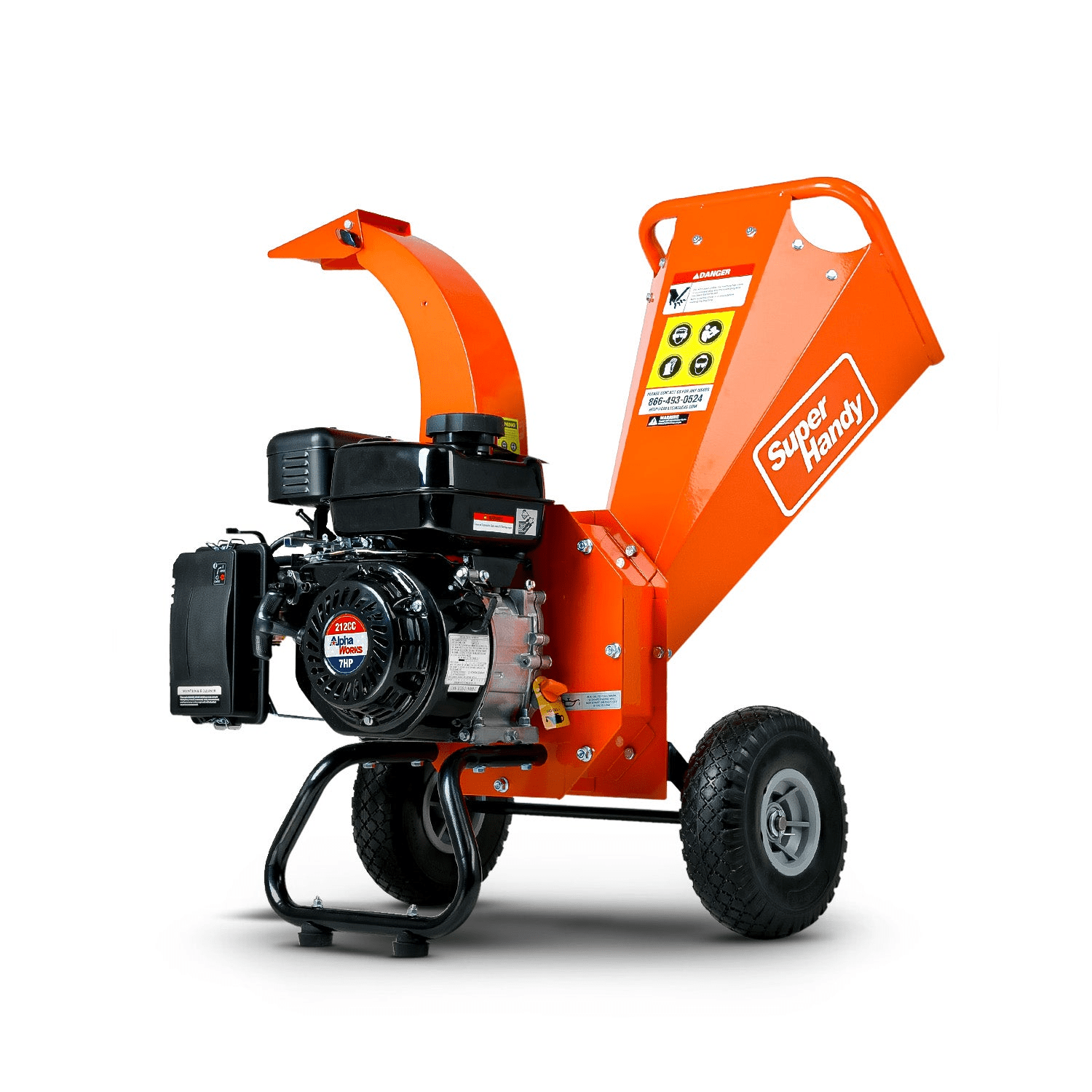
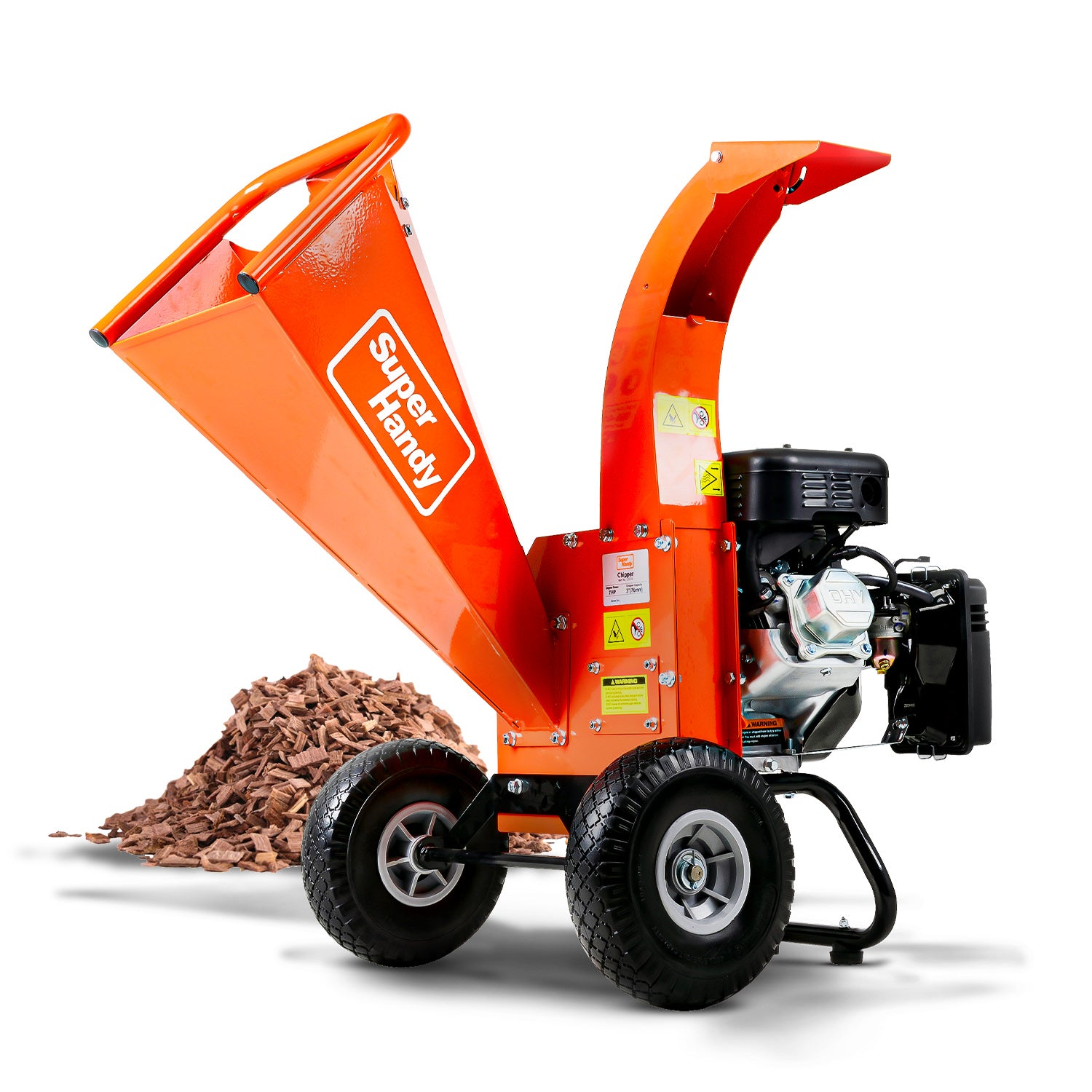
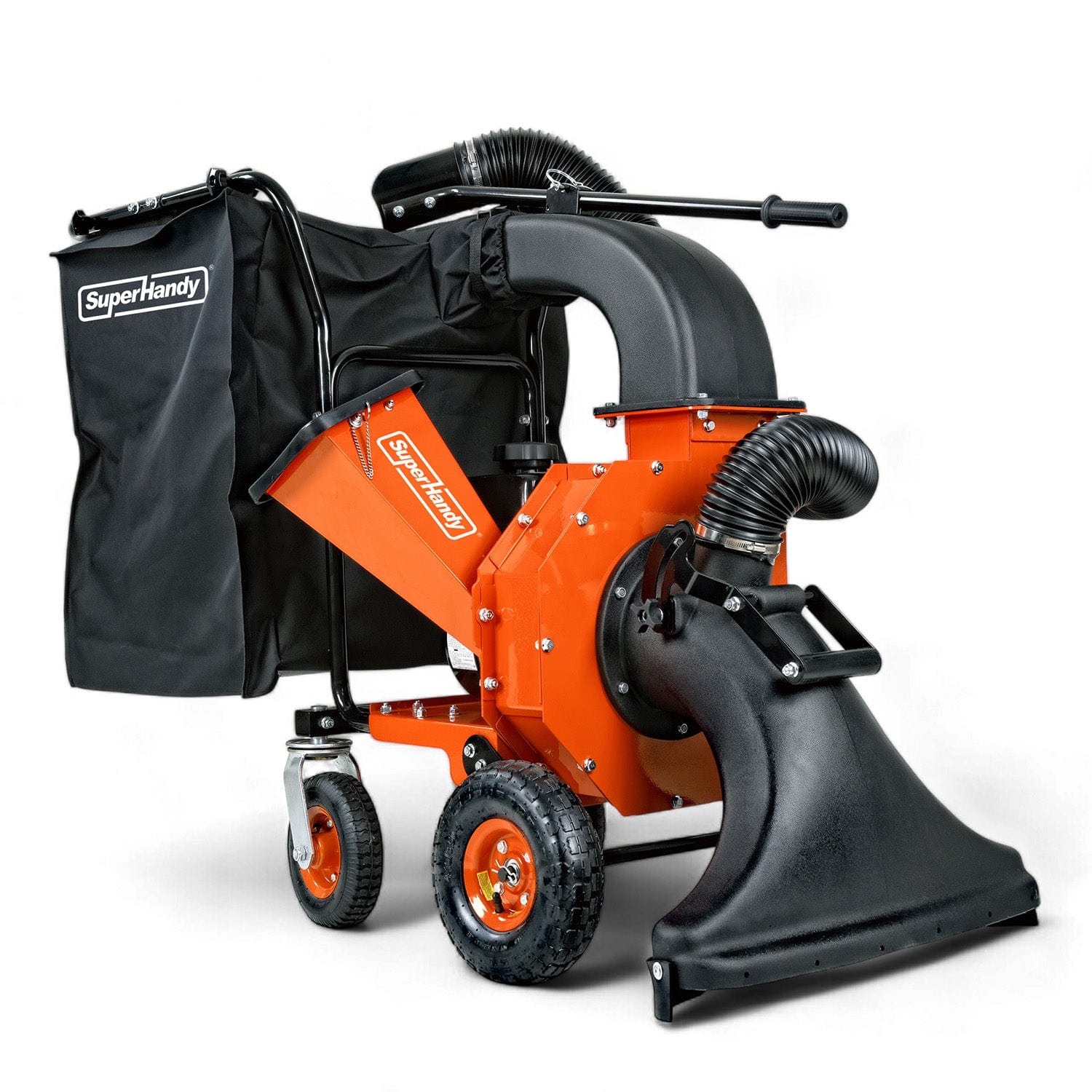
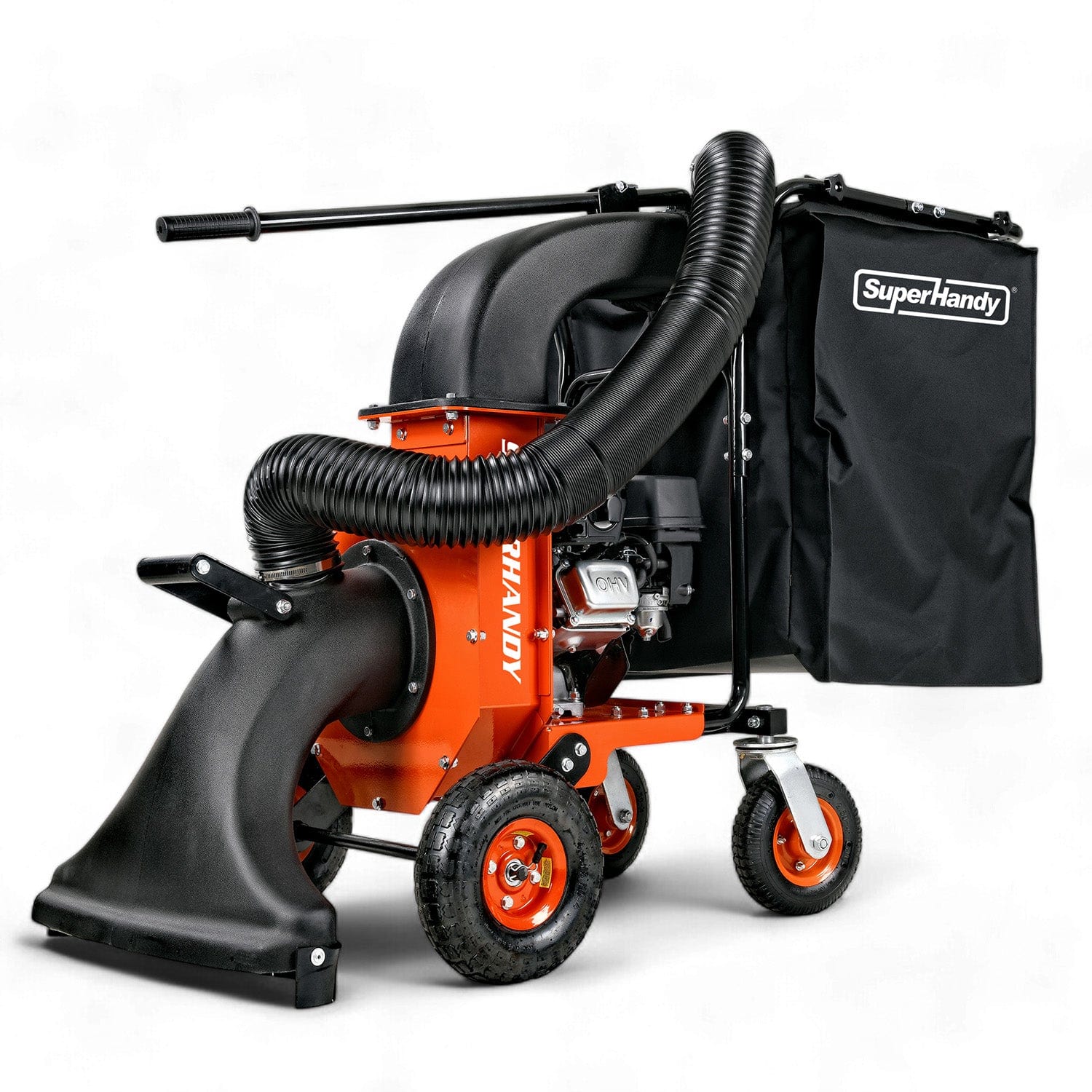
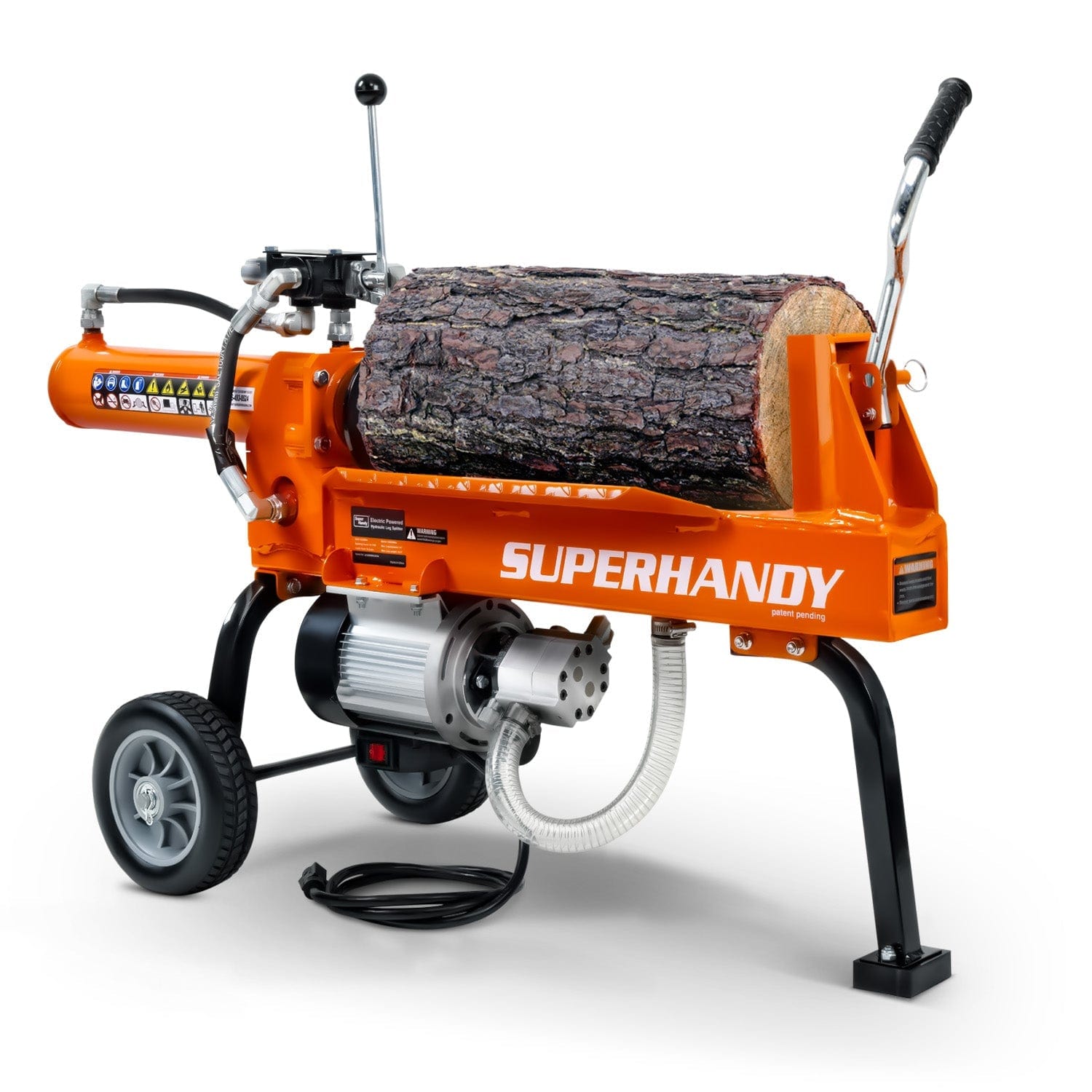
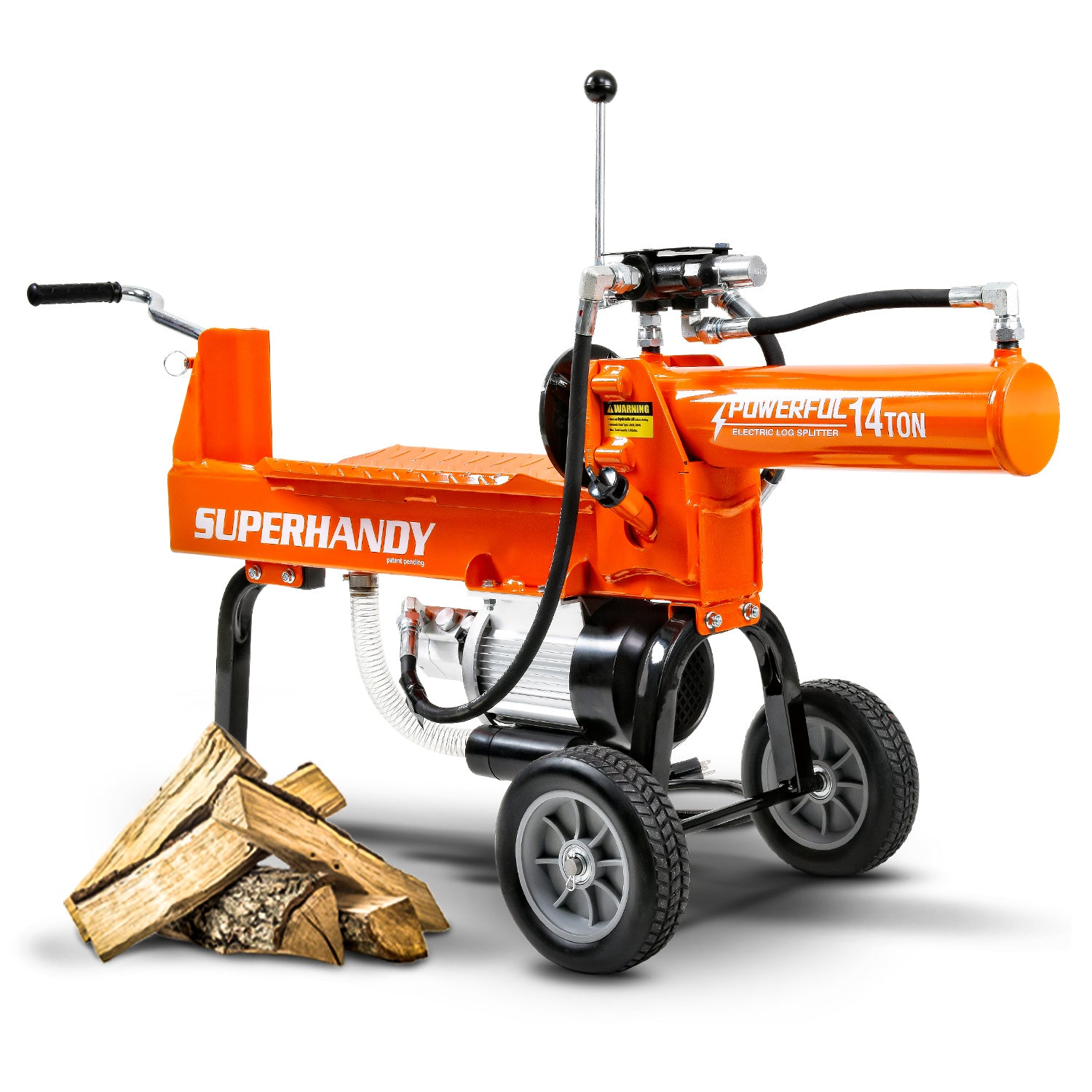
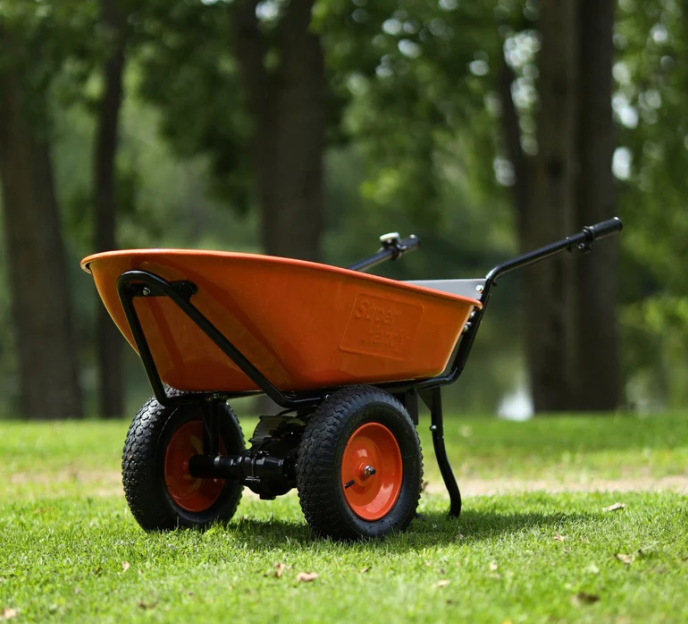
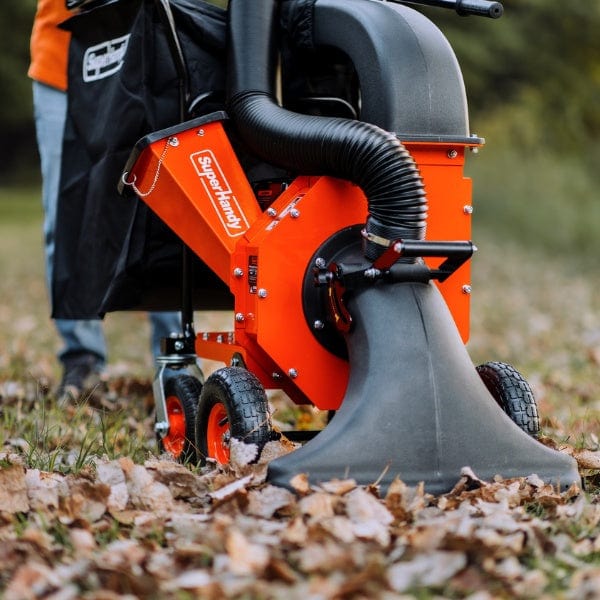
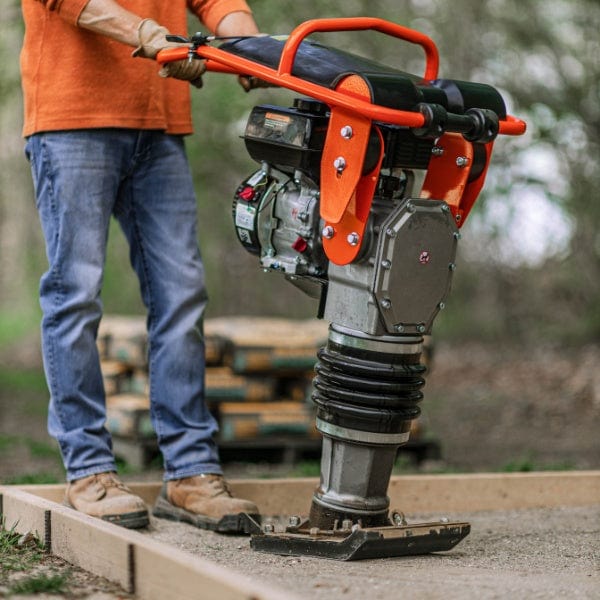
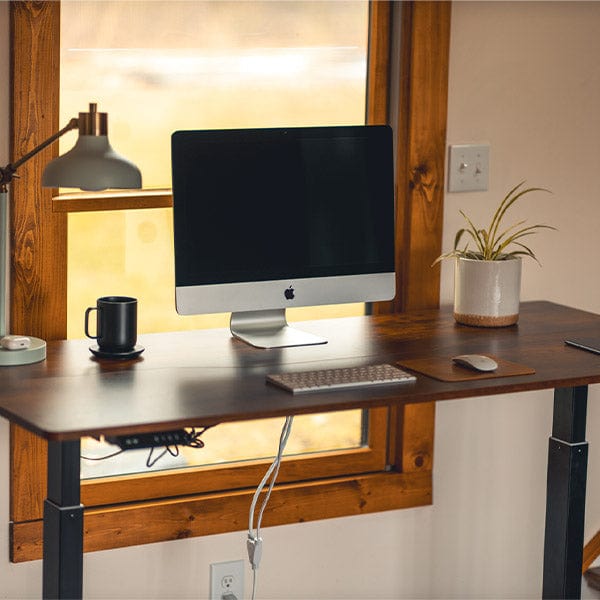
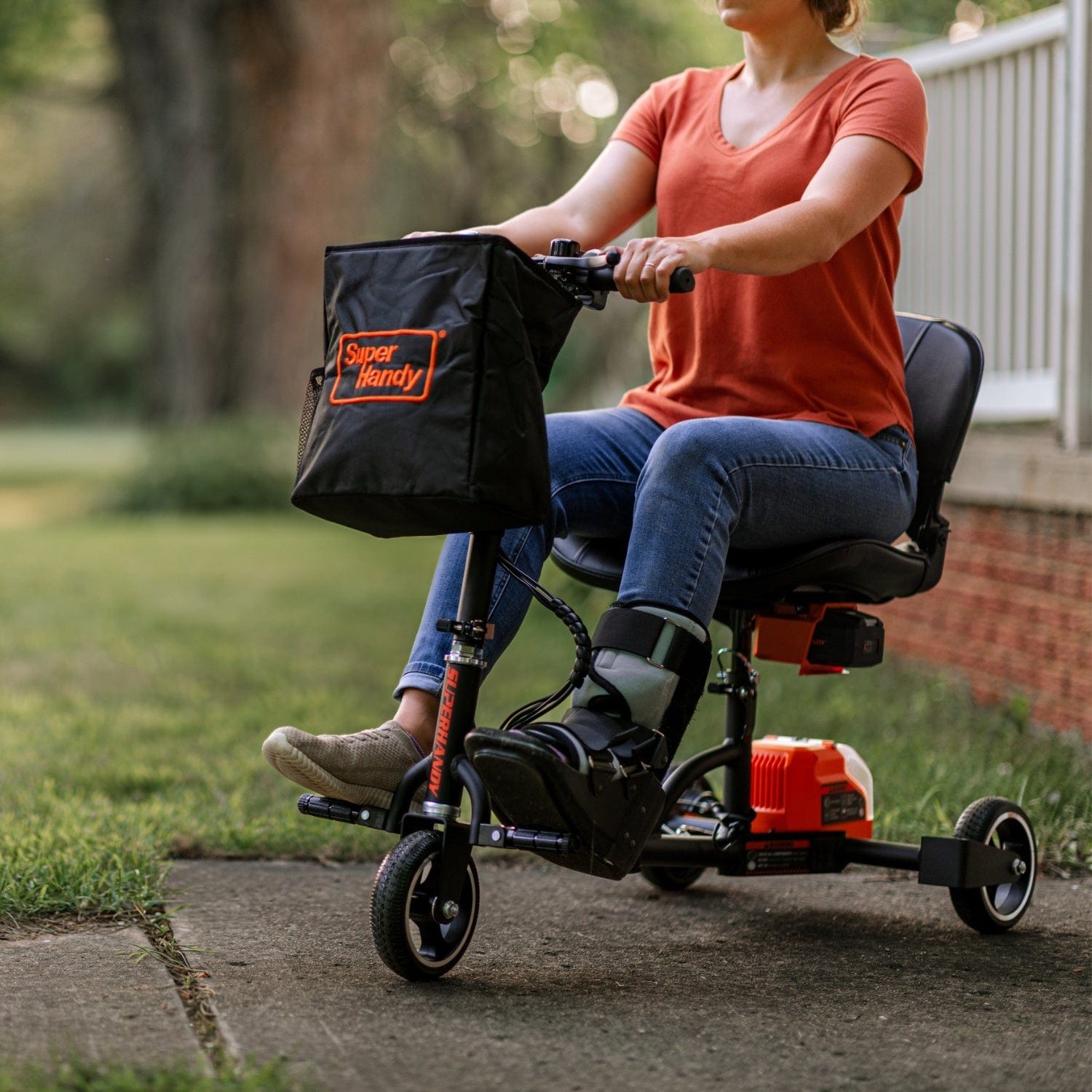
Leave a comment
All comments are moderated before being published.
This site is protected by hCaptcha and the hCaptcha Privacy Policy and Terms of Service apply.